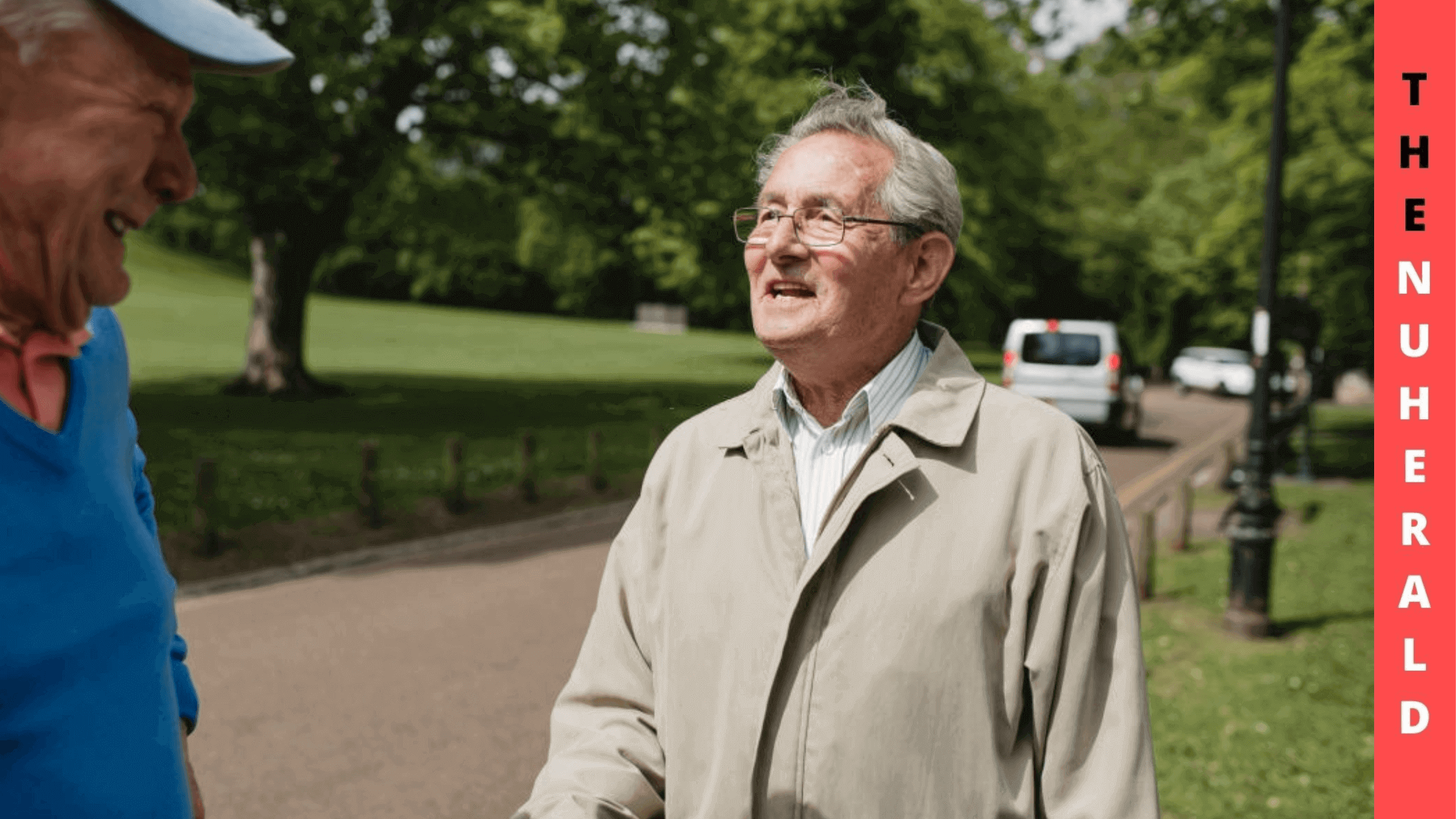The pandemic has entirely changed the way we interact with other people in society. Due to a lot of restrictions in the early stages of the pandemic, the social interactions were down to a minimum, and this has affected the health of many people. The situation is even more serious for older adults as such isolation often leads to mental health issues along with physical ailments.
Neighborhoods Play A Crucial Role In The Pandemic Experience Of Older Adults
A recent study done in this regard has shown that the overall pandemic experience of older adults depends on the neighborhoods they live in. The situation is very diverse across the country, and the results are interesting. Some older adults reported less interaction with neighbors during the pandemic. This was understandable as there was a fear of getting infected with the virus, and vaccines were not available readily at that time.

On the other hand, other neighborhoods came out alive during the pandemic, and older adults claimed that they had more interactions than before with the neighbors. Not only that, you could even see children play around in the front yards as schools were closed for a long period. Even adults came out more open within the community area as most of them were working from home during the early stages of the pandemic.
Researchers felt that this is a clear reflection of the disparities that exist in different segments of society across the US. It is generally observed that the lower-income neighborhoods interacted more with others during the pandemic when compared to the higher-income neighborhoods. One reason for this may be the fact that lower-income neighborhoods are densely populated when compared to others. Due to this factor, close interaction with neighbors is common in every situation.
However, several older adults are left out during the pandemic from such social interactions as lower-income neighborhoods do not have proper infrastructures like parks and other areas where they can meet others from the community. On the other hand, older adults from the higher income group fared better due to better community infrastructure that allowed them to meet neighbors in an open space.
The survey was done to assess the mental health and social behavior of older adults during the pandemic. Apart from that, the overall health condition of these seniors, along with their level of physical activity and lifestyle habits, was considered for the study. The survey also collected the experiences of these older adults during the pandemic in the neighborhoods.
People from different age groups, races, and ethnicity were considered for the study to get a wide range of information. It was observed that nearly 25% of the participants reported less interaction with neighbors during the pandemic. They missed the community activities and other things that were regularly conducted in the neighborhoods.
Such people felt that the pandemic has curtailed their freedom, and they are forced to get isolated for an extended period. The situation became worse when the neighborhoods had a high number of cases.
However, about 12% of the participants reported more interactions with the neighbors during the pandemic. Some say that they got to make new friends in the neighborhood during that time.
Yet another disturbing situation was when the neighbors who were socially very active had to restrain themselves due to Covid restrictions. One of the participants mentioned a situation where they could no longer go and meet an elderly neighbor who is suffering from serious ailments due to fear of spreading the infection. In this way, the overall health condition of the older adults was impacted more when they were isolated during the pandemic.